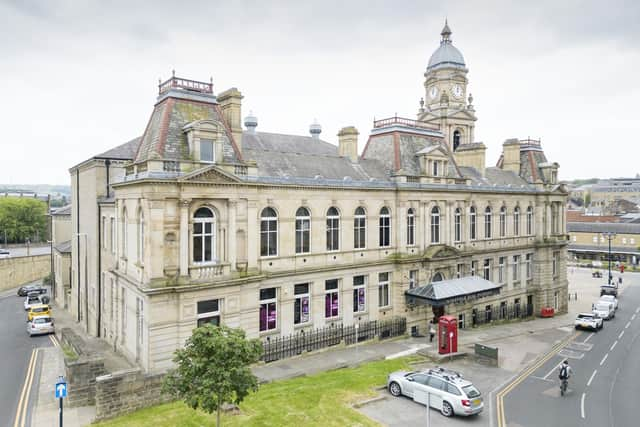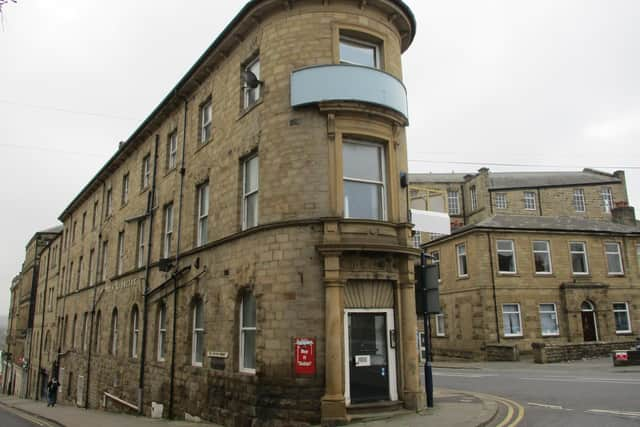Twelve buildings in 'cloth capital' Dewsbury are listed in recognition of Yorkshire mill town's textile heritage
The listings have been made in recognition of Dewsbury’s role as the 19th-century capital of fabric recycling. Rags sent to the mills would be woven into ‘shoddy’ and ‘mungo’ for use in the greatcoats and blankets supplied by the British Army during colonial wars. At one time, Dewsbury was the world centre of this trade.
The announcement is part of the Heritage Action Zone project, which provides funding to restore and reuse old buildings in the town centre, which has struggled since the collapse of textile employment.
Advertisement
Hide AdAdvertisement
Hide AdDewsbury’s mills were never ‘fashionable’ and were often derided for recycling unwanted material. The perceived lower quality of the fabric led to criticism that the industry was immoral – a contrast to today’s views.


Yet during the 19th century, British soldiers were fighting wars almost continuously in both Europe and the Empire, and there was high demand from the military for the clothing. Dewsbury boomed, with Italian Renaissance revival architecture becoming common in the town. The newly-listed warehouses at 18, 20 and 22 Bond Street, the Dewsbury Union Building and the textile warehouses on Wellington Street are all examples of this style. The Town Hall, visited by King George V in 1912 and 1918 to thank mill workers for their war production efforts, has been upgraded to Grade II*.
The 1880s building had a courtroom, police station and council offices, and showcased the civic pride the rag industry had brought to the town. The decor was opulent and the royal visit recognised Dewsbury’s role in the manufacture of Army uniforms.
The Bond Street warehouses were built in the 1860s and 70s for leather merchants, machinery producers and a wool stapler, and retain many original features.
Advertisement
Hide AdAdvertisement
Hide AdThe old Fox’s Auctioneers premises on Grove Street date back to 1878 and were used for the storage and sale of furniture and even horses. The building later became an undertaker’s but the original stable block with gas light fittings, stone floors and a cast-iron fireplace remains.


Dewsbury Union’s offices sprung up on the site of the old police court and cells when they moved to the Town Hall in 1899. The Poor Law relief for 11 parishes was administered from here and the building became the town’s main registry offices for births, marriages and deaths until 2012. The mosaic flooring and original staircase survive.
A shop, 41 Daisy Hill, has been listed due to its associations with the textile trade. It was designed as part of a pub called Fryer’s Vaults, and later became a house and a shop, with an original frontage remaining.
The Wellington Street textile warehouses have been adapted for modern commercial uses, but were built to take advantage of the arrival of the railway in Dewsbury.
Advertisement
Hide AdAdvertisement
Hide AdHistoric England’s listing team leader for the north, Sarah Charlesworth, said: “These newly listed buildings help to tell the story of Dewsbury’s contribution to the development of England’s textile industry and recycling. In the 19th century it was probably the greenest town in England.”
